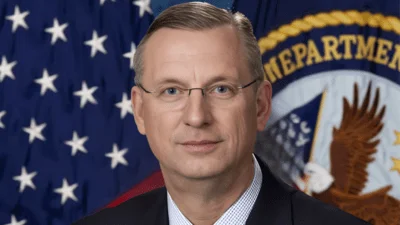A recently released progress report on Puerto Rico's power-grid infrastructure suggests the island could reach its goals of creating a resilient grid using renewable energy once immediate needs are met.
The one-year progress report for the Puerto Rico Grid Resilience and Transition to 100% Renewable (PR100) Study was released Jan. 23 by the U.S. Department of Energy (DOE) and the Federal Emergency Management Agency (FEMA). PR100 is a two-year study began in February 2022 to determine which infrastructure investments will produce "clean, reliable, and affordable power," and to develop "community-driven pathways" to meet the goal of 100% renewable electricity by 2050, delivered on a grid system resilient to extreme weather, the DOE states.
“DOE is supporting Puerto Rico in executing grid improvements that will deliver a better energy system that boosts reliability and savings for its residents,” DOE Sec. Jennifer Granholm said in the announcement. “For far too long, Puerto Ricans have lived with an outdated and expensive electric system where needless obstacles and long delays have prevented critical improvements."
The PR100 team worked with approximately 100 "diverse stakeholders" from 60 public, private and nonprofit organizations to develop four scenarios Puerto Rico could use to reach its renewable-energy goals, the DOE reports. The team then conducted preliminary modeling and analysis of the pros and cons of each scenario.
Preliminary findings released in the progress report show Puerto Rico renewable-energy potential "significantly exceeds" the island's energy demands through 2050; agricultural land and protected areas can be preserved by "distributed energy resources and alternative system configurations;" a substantial increase in generation capacity is "needed immediately;" smaller resources distributed across the system could be restored more quickly than larger power plants after "disruptive events; and overcoming past challenges depends on "prioritizing stakeholder input and interagency coordination."
FEMA Administrator Deanne Criswell the DOE/FEMA partnership enabled the funding and development of alternative clean-energy strategies for rebuilding Puerto Rico's power grid in ways to meet the island's renewable-energy targets.
“FEMA’s investment in the PR100 study reiterates our shared commitment to building resilient infrastructure and creating clean energy solutions for Puerto Ricans that will have long-lasting benefits to communities and generations to come," Criswell said in the report. "This study is one of several strategies that FEMA is collaborating with Puerto Rico on to support the recovery of the energy grid through equitable, sustainable and resilient solutions."
Granholm will this year tour communities in Puerto Rico to "listen and learn" about local issues affecting the resiliency and recovery of the island's power grid system, the DOE reports.
"We know that access to renewable energy can help save lives," Granholm said, "and I am proud of the DOE and FEMA teams that are working tirelessly to help put Puerto Rico on a path to a more resilient and reliable energy future.”









